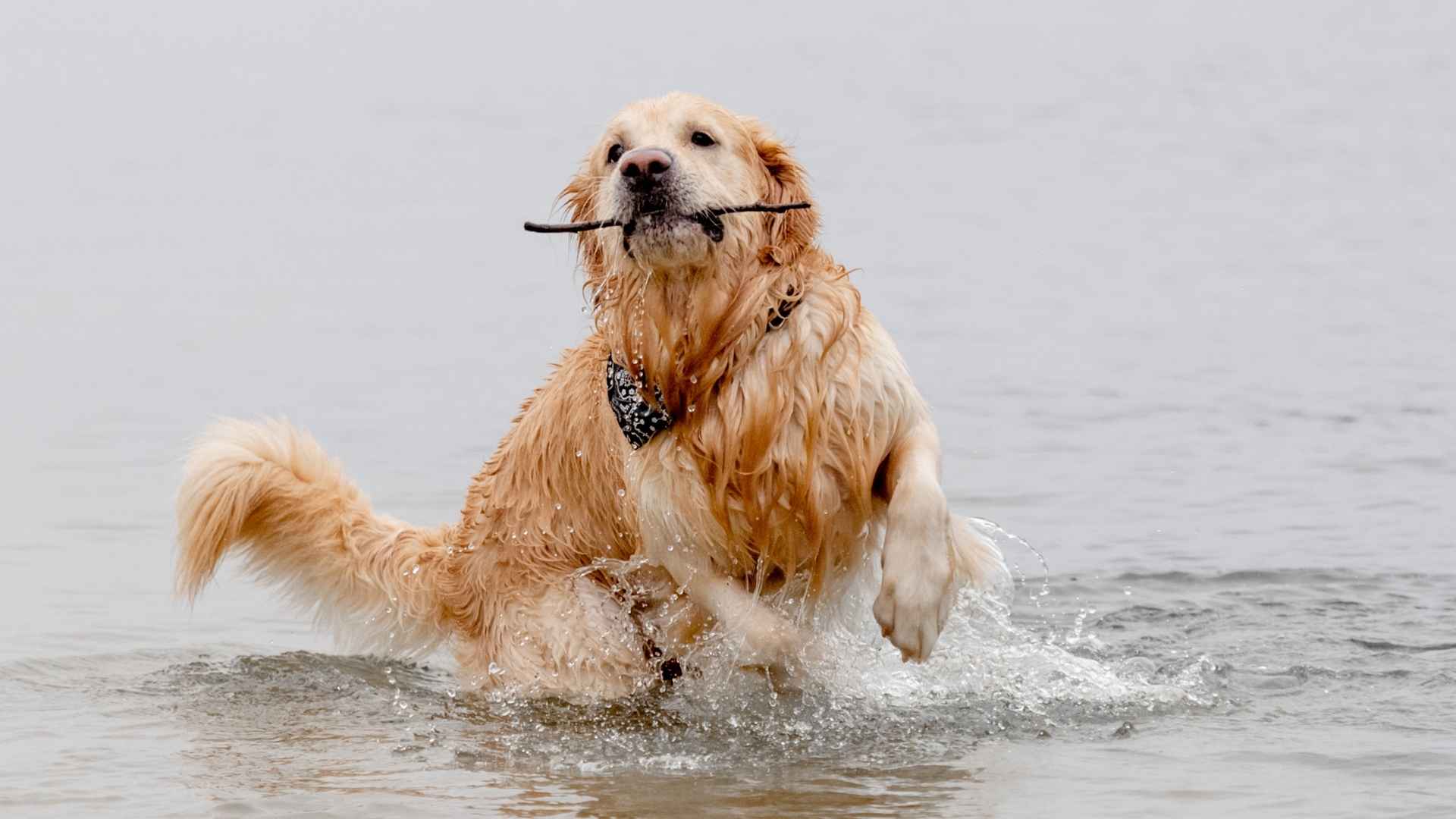Some dogs just get it. They bring that spark to every single day—the way they tilt their head when you talk, the way they spin in circles just because you picked up a leash.
You don’t need anything fancy to see them happy. Just your company, a little room to play, and something new to explore. It could be a park. It could be the sound of a bottle cap. Or sometimes… It’s something else entirely.
Something that makes their tails spin like helicopters and their eyes light up before you’ve even said a word. You may not expect it at first, but once you see it, you’ll know. It’s not just about fun. It’s their element. Their playground. Their favorite way to be fully, unapologetically themselves.
So if you’re wondering which dogs light up the second water’s involved—whether it’s rain, pool, or puddle—you’re about to meet them.
Dog Breeds That Love Water Games
1. Leonberger
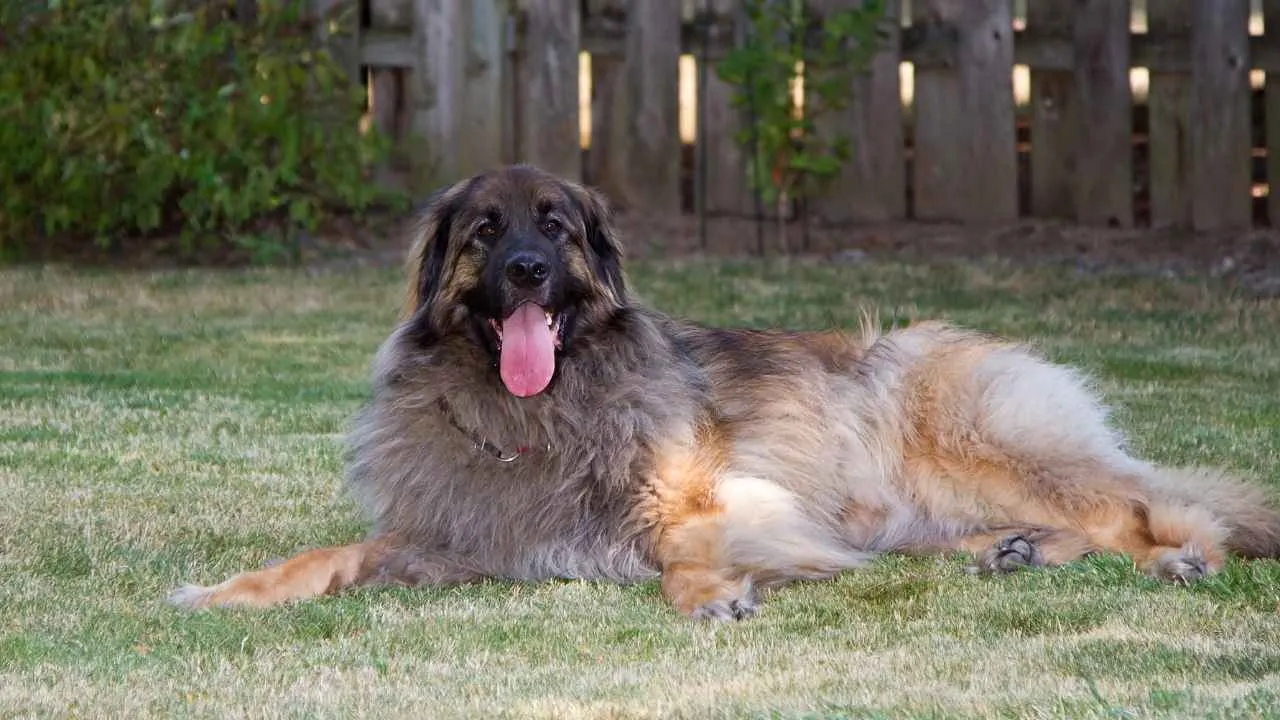
The Leonberger’s massive frame helps them glide effortlessly through water. With webbed feet and strong muscles, this breed is built for pulling weight in lakes and rivers. They’re often spotted confidently paddling with purpose, not just playing.
Calm but Confident in Water
Leonbergers are known to stay composed even in moving or deeper water, which makes them reliable for families near lakes. Their calm presence doesn’t mean low energy — they spring to life during water games. Many owners note their instinctive grace when retrieving floating toys.
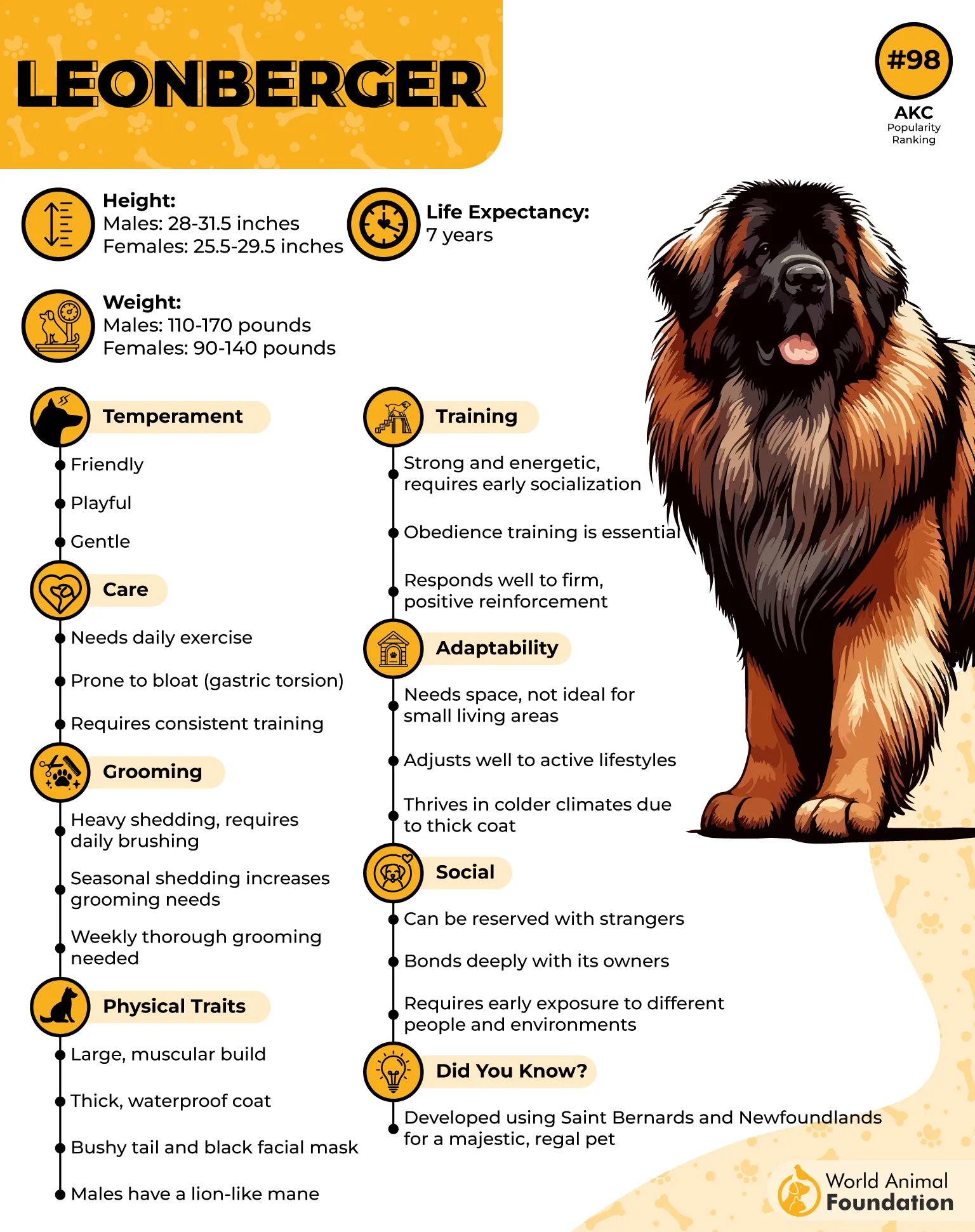
Coat That Handles the Splash
Their dense, water-resistant coat protects them in chilly conditions, letting them stay in the water longer than most breeds. This double coat doesn’t mat easily when wet, especially if it’s well-maintained. After a swim, they shake off moisture quickly, leaving a little mess behind.
A Legacy in Action
They were originally bred for draft work and water rescue — a fact that still shows in their physical power and focus, as mentioned in Orvis. This isn’t a dog that splashes randomly; it moves with purpose, especially in games that involve direction or tasks. That working background makes them shine in structured play.
2. Irish Water Spaniel
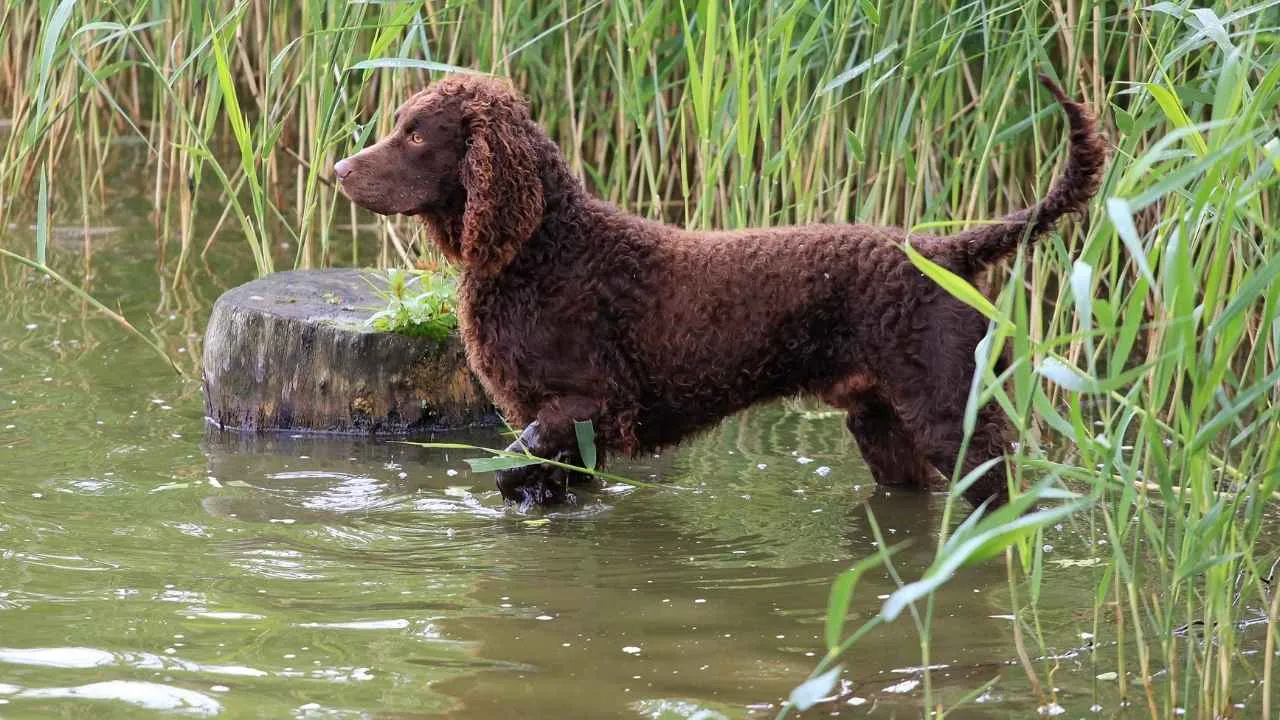
The Irish Water Spaniel doesn’t wait for encouragement — it charges into water the moment it sees it. Hunters have long relied on this breed to retrieve from cold marshes and dense reeds. Its stamina during long swims makes it a favorite for retrieving in challenging wet terrain.
Tight Curls With a Purpose
Its dense, tight curls aren’t for aesthetics — they trap warmth and protect the skin from cold water. That coat naturally repels moisture, which explains why they dry faster than many other breeds. Maintenance matters, though, or those curls can trap debris after play.

Not Afraid to Get Messy
They enjoy murky ponds and wet fields. They’re naturally drawn to thick, sloppy water, not just the clean stuff. It’s common for owners to find them digging or belly-flopping into puddles with no hesitation.
Focused During Water Play
More than a water-loving dog, they bring intensity and task-driven focus to every splash session. Games involving objects or direction are especially engaging for them. Their enthusiasm for aquatic adventures is balanced by a sharp, trainable mind that thrives on being challenged.
3. Spanish Water Dog
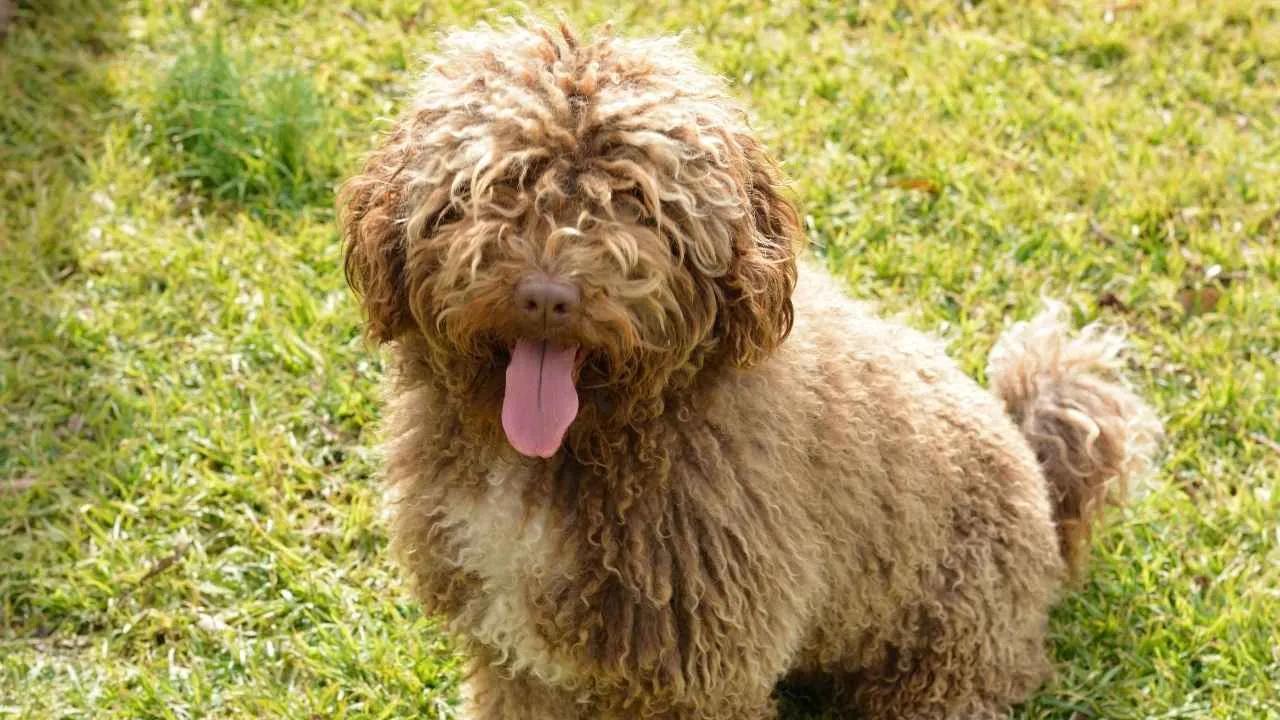
The Spanish Water Dog was developed to herd, guard, and dive into action when needed, often jumping into water to retrieve fishing nets or lost equipment. Their agile frame and alert nature make them quick responders in fast-paced water games. They’re task-driven and rarely idle near water.
Curly Coat with a Functional Edge
Its tightly curled coat acts like insulation, keeping the skin cool in hot weather and offering some resistance during wet conditions. But unlike other coats, it shouldn’t be brushed. Letting the curls cord naturally is part of their upkeep, especially for dogs that swim regularly.
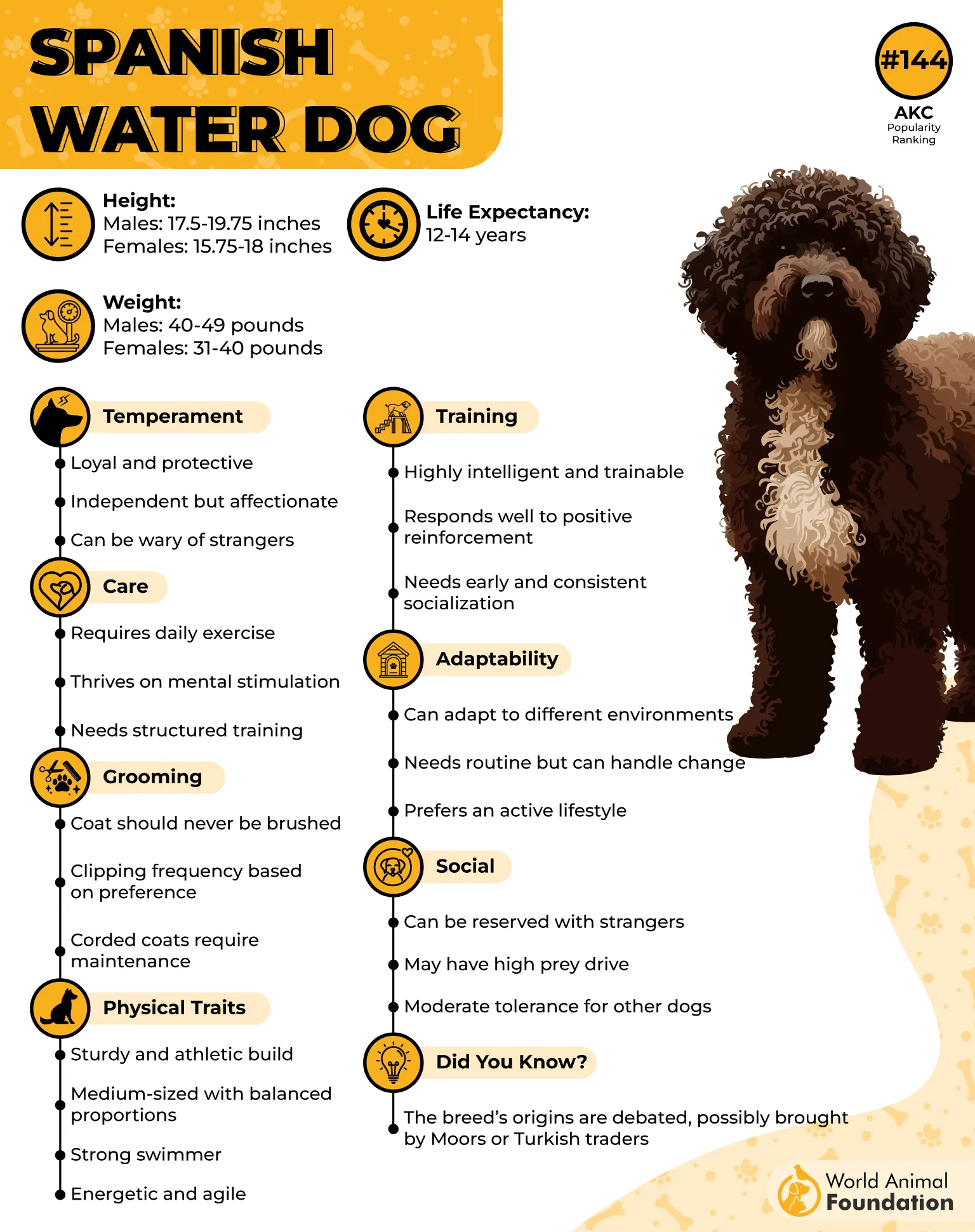
Driven by Instinct, Not Imitation
They rely heavily on instinctive behaviors — tracking motion in water and reacting without hesitation. Many owners describe their game style as “precise” rather than chaotic. If a ball lands far off, they chart the shortest path before launching themselves in with full-body energy.
A True Representative of Its Name
As one of the most traditional water dog breeds, their name isn’t symbolic — it’s literal. Historical accounts show them accompanying fishermen across Andalusian coasts. This furry friend doesn’t just enjoy the water; it treats it like a second workspace, responding with purpose and focus.
4. Standard Poodle
The Standard Poodle was specifically bred in Germany as a water retriever, and that shows in how it moves through lakes or pools — light, fast, and precise.
Their clipped coat originally had a functional reason: to reduce drag while still protecting joints in cold water. That legacy still shapes how this breed approaches aquatic play.
Advanced Retrieval Memory
This breed excels in water-fetch tasks that involve multiple steps, remembering exact sequences during play. Their sharp recall and scent-tracking ability allow them to find submerged toys with surprising accuracy. This makes them ideal for owners who enjoy interactive and challenging water games.
Athleticism with Precision
Standard Poodles can jump into water with vertical lift, making dock-diving one of their standout skills. They can adjust mid-air and land with almost no splash, which isn’t common in most popular breeds. Their lean structure allows them to swim fast without tiring easily, even in large lakes.
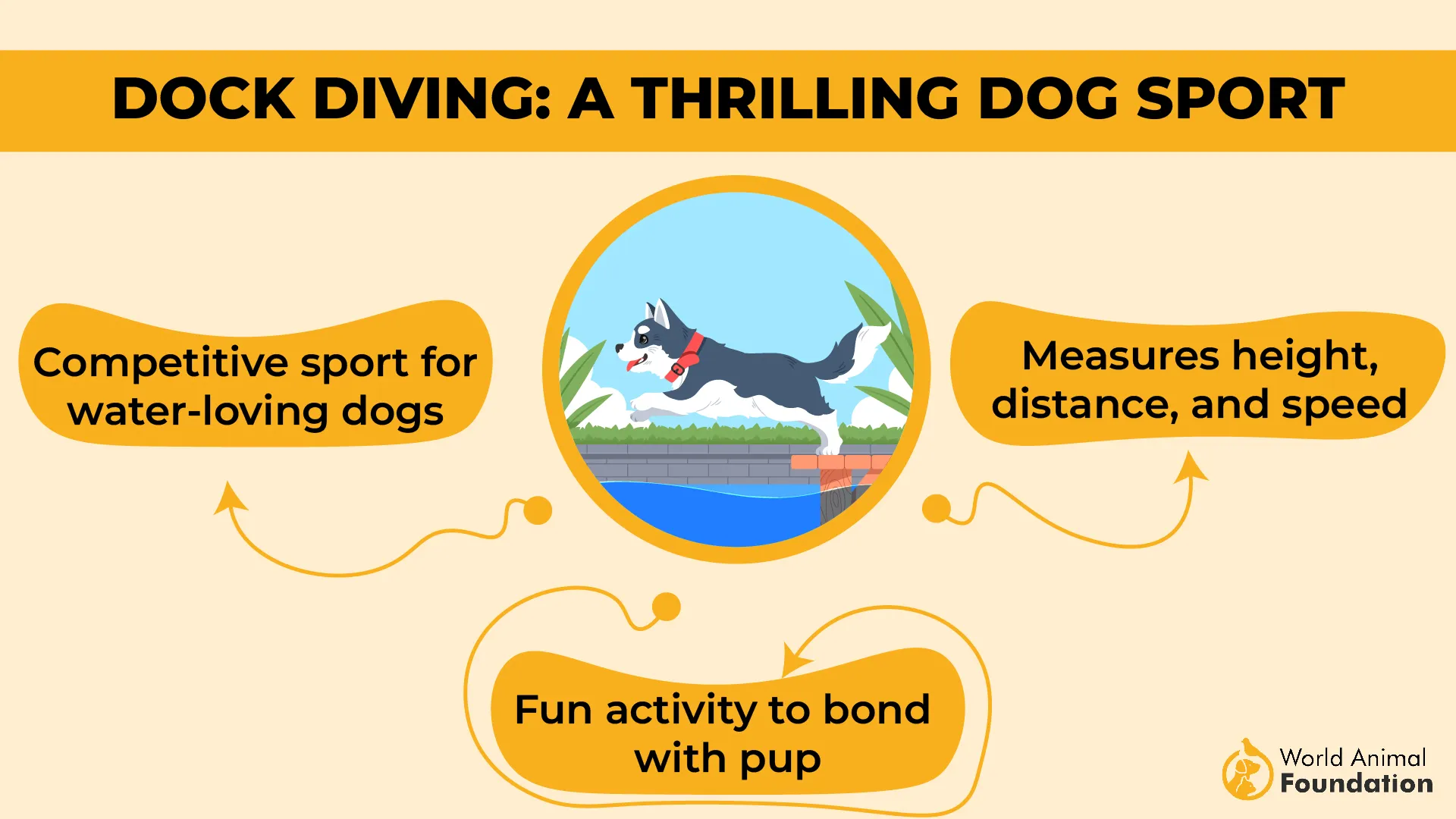
Built-in Drive for Water
Their natural love for water is a drive that activates as soon as they see ripples or floating objects. This internal motivation often kicks in without formal training. For active owners, this means less coaxing and more spontaneous water fun.
5. Labrador Retriever
Labradors have webbed paws that act like built-in paddles, making them exceptionally efficient swimmers. Their body stays buoyant, and their tail works like a rudder during directional turns. Many Labs learn to dive underwater unprompted — not for show, but out of sheer comfort in water.
Motivation Runs Deep
This water-loving breed doesn’t splash mindlessly; its movements are driven by purpose and instinct. Labs show sharp focus when retrieving floating decoys or tennis balls, sometimes even navigating mild currents without hesitation. Their swim drive often increases with repetitive tasks or goal-based games.
Retrievers at the Core
Bred for retrieving game in aquatic environments, Labs retain that legacy through structured play, as per PetMD. Owners often use tools like bumpers or training dummies to mimic the feel of game birds. In one duck-retrieving trial, Labs outperformed other breeds in timing and return accuracy.
Their Signature Joy
There’s a natural enthusiasm that Labs bring to water games, especially when it involves chasing toys across long distances. Whether it’s the nearest pond or a controlled dog pool, they rarely pause between throws. Paired with their affectionate nature, this makes them favorites for family-friendly water fun.
6. Golden Retriever
Golden Retrievers were refined for waterfowl retrieval, and their eagerness to leap into lakes is wired into their history. They don’t hesitate; the moment an object hits the surface, they’re gone. This deep-rooted trait makes water fetch more than just play — it’s instinct.
Soft-Mouthed and Task-Focused
Their soft mouth allows them to carry soaked toys or game birds without damage, and this translates well into water-based games. They’re less about frantic splashing and more about precision and purpose. Even younger retrievers often exhibit this natural gentleness in water activities.
Strong Memory for Game Patterns
They’re especially sharp in remembering where floating objects land, even with distractions or multiple throws. Some can track and retrieve from two directions without confusion. That cognitive sharpness gives them a clear edge in longer or more challenging water tasks.
Coat That Supports Endurance
Their thick, flat outer coat provides insulation in cold water, and it naturally repels moisture, as mentioned in Golden Retriever Puppies. Paired with a water-shedding undercoat, they can stay active for extended sessions. You’ll often find them ready for more even after other breeds have tapped out.
7. Portuguese Water Dog
The Portuguese Water Dog’s history ties directly to coastal fishing villages, where it worked alongside fishermen for centuries. Trained to herd fish into nets and retrieve lost tackle, it developed stamina and agility in unpredictable waters. That legacy still shapes its precision in aquatic movement.
A Lung Capacity Made for Depth
This breed can hold its breath for 3 minutes underwater, an ability rarely matched by other dogs.
It doesn’t just stay afloat — it dives, propels, and orients itself underwater like a natural diver. These traits make it excel in water-based canine sports like dock diving and underwater retrieves.
A Coat Suited for Saltwater
Its dense, single-layer coat doesn’t trap water, allowing it to dry faster and reduce drag while swimming. Many handlers trim it in the classic “lion clip” — not just for aesthetics but to maintain speed in water. Regular grooming ensures the coat stays functional and hydrodynamic.
Driven by Task-Based Play
The breed responds exceptionally well to game-like training with clear objectives, like fetching submerged objects. This stems from its long-standing role in assisting with real tasks at sea. Casual splashing doesn’t interest it — complex, goal-oriented water games do.
Conclusion
Some dogs don’t need a fancy backyard or a trip to the lake to feel alive. They just need a spark — a splash, a ripple, a floating toy — and they’re in. You’ll see it in the way their ears perk up, the way they throw themselves into the moment like it’s the best part of their day.
And often, it is. For pet parents who thrive on activity, laughter, and a little bit of mess, having a dog with high energy and a love for water turns ordinary days into unforgettable ones.
Whether you’ve got a natural diver or a curious splasher, the joy lies in the connection — wet paws, wagging tails, and shared moments. Some of these breeds were once hunting dogs, bred to retrieve waterfowl with a purpose.
Today, they still bring that same joy, not for the game, but for you.


